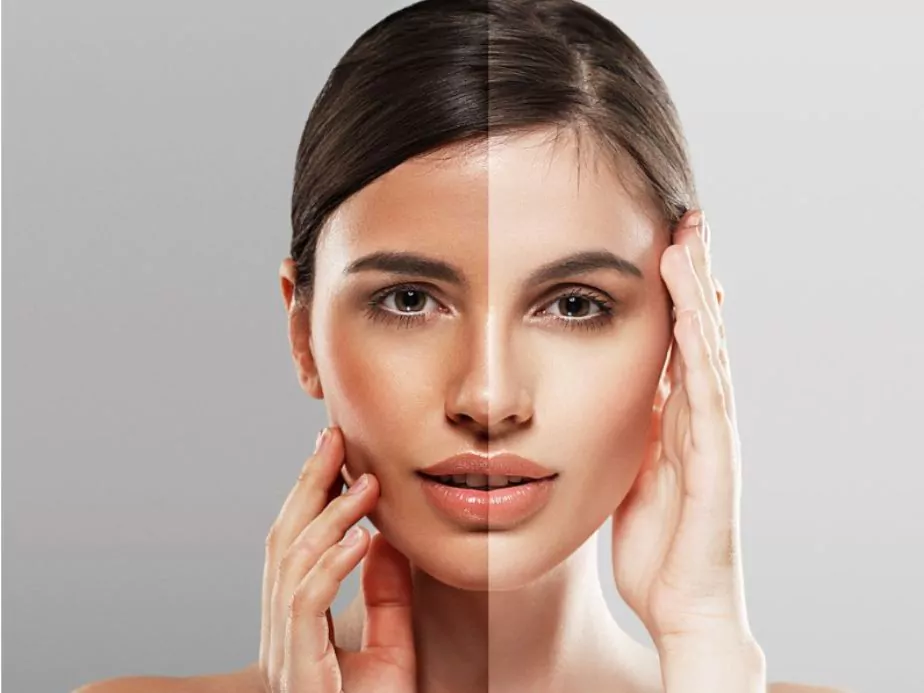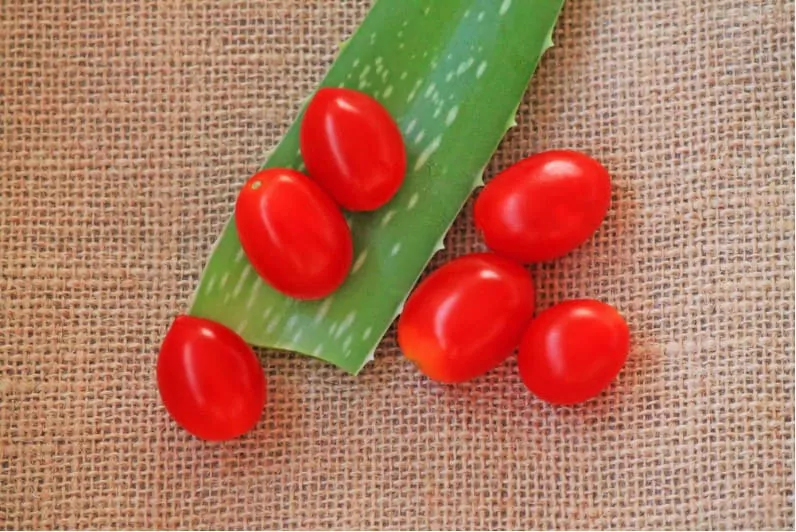How to De-tan Skin at Home? Effective Remedies

In the sweltering summer months, sun exposure can lead to undesired skin tanning. And while a warm glow can be attractive, too much sun can lead to a harsh tan and even skin damage. But fret not! We bring you the ultimate guide on how to de-tan skin at home. Read on to discover the most effective and natural ways to restore your skin’s original hue.
1 Understanding Skin Tanning
Before we dive into the how-to of de-tanning, it’s important to understand why our skin tans in the first place. Sunlight contains harmful ultraviolet (UV) rays that penetrate the skin, leading to increased production of a pigment called melanin, which is responsible for the colour of your skin, hair, and eyes. This increase in melanin causes the skin to darken or tan. In essence, tanning is your skin’s natural defence against UV damage. However, too much tanning can result in uneven skin tone, pigmentation, and in severe cases, skin diseases.
2 How to De-tan Skin at Home - Using Natural Remedies
Natural remedies are perhaps the safest way to de-tan skin at home. Not only are these methods easy on the pocket, but they also have no side effects. They use ingredients easily found in your kitchen and can make your skin glow naturally.
Lemon and Honey

Lemon, rich in vitamin C and citric acid, works as a natural bleach, helping in skin lightening. Honey, on the other hand, is an excellent moisturiser. Mix one tablespoon of lemon juice with one tablespoon of honey, apply this mixture to tanned areas, let it dry, and wash it off after 20 minutes.
Aloe Vera, Tomato, and Masoor Dal

Aloe Vera is well known for its cooling properties and can soothe sunburned skin. Tomato helps lighten the skin, and Masoor Dal makes it soft. Soak a cup of Masoor Dal overnight, grind it into a paste in the morning, and mix it with fresh Aloe Vera gel and tomato pulp. Apply this paste on your skin, leave it for half an hour, and wash it off with cool water.
Cucumber Extract and Rose Water

This is another simple solution on how to de-tan skin at home. Both cucumber and rose water are excellent cooling agents. Mix one tablespoon of cucumber extract with one tablespoon of rose water and apply it to your skin. Rinse it off after 20 minutes for refreshing, de-tanned skin.
Turmeric and Milk

Turmeric, known for its medicinal properties, has proven skin-lightening abilities. Milk, rich in lactic acid, is a natural exfoliator and moisturiser. Make a paste using a pinch of turmeric and two tablespoons of milk and apply it on your skin. Let it dry before washing it off.
3 How to De-tan Skin at Home – Using Cosmetic Products
If natural remedies don’t seem to fit your fast-paced lifestyle or if the tan is too stubborn, you might want to consider some cosmetic products specifically designed for de-tanning.
De-tan Face Packs
Numerous face packs in the market promise effective de-tanning. These often contain natural de-tanning agents such as cucumber, papaya, or lemon. Choose one that suits your skin type. Remember to patch-test before applying it all over.
Sunscreen

Prevention, they say, is better than cure. Using a broad-spectrum sunscreen that protects against both UVA and UVB rays is the first line of defence. Apply sunscreen generously and frequently, especially if you’re spending a lot of time outdoors. Opt for a sunscreen with an SPF of at least 30 and apply it 15-20 minutes before stepping outside.
Skin Lightening Creams

Various skin-lightening creams and serums contain ingredients like Vitamin C, Kojic Acid, or Arbutin, which can lighten the skin tone by reducing melanin production. However, these should be used with caution and ideally under a dermatologist’s supervision.
Chemical Peels

Chemical peels involve applying a solution to your skin, which eventually peels off, revealing fresh and less-tanned skin beneath. Glycolic acid and lactic acid peels are commonly used for tan removal. It is advisable to get this done by a professional, although some at-home kits are available.
4 How to De-tan Skin at Home – Maintaining Your Skin
While the above remedies and products can effectively help you de-tan your skin, maintaining a routine can ensure long-lasting results. Here are some tips on how to de-tan skin at home:
Hydrate
Drink plenty of water to keep your skin hydrated from within. Hydrated skin is healthier and can ward off sun damage better than dehydrated skin.
Exfoliate
Exfoliating your skin twice a week can help remove the outermost layer of dead skin cells, revealing fresher and brighter skin beneath.
Moisturise
After every wash or bath, use a good quality moisturiser to keep your skin soft and healthy. This can help maintain the elasticity of the skin, reduce dryness, and prevent excessive melanin production.
Diet
Your diet plays a crucial role in maintaining healthy skin. Consuming foods rich in antioxidants, like berries, tomatoes, carrots, and spinach, can combat free radicals produced by sun exposure, thereby reducing tanning.
5 Wrapping Up
To summarise, understanding how to de-tan skin at home involves natural remedies, cosmetic interventions, and sustained skin maintenance. While natural remedies are safe and easy to use, cosmetic products can provide quick results but should be used cautiously. Maintaining your skin health with regular hydration, exfoliation, moisturisation, and a healthy diet will not only help de-tan but also contribute to the overall wellness of your skin.
Remember, all skins are unique, and what works for one might not work for another. Hence, it is always recommended to do a patch test before applying anything new to your skin. If the tanning is severe or if any skin problem persists, it’s always a good idea to consult a dermatologist.
Community Q&A
About This Article
This article has been viewed 462 times.



